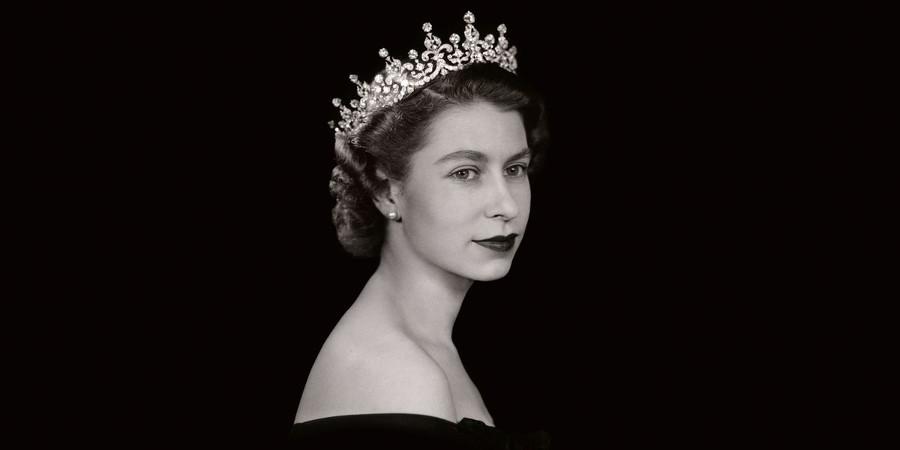
Like more than a billion of my planetary companions, I watched the funeral of Queen Elizabeth II not too long ago. And had some thoughts. . . .
In the original story of Shakyamuni Buddha, his father was told on the birth of his son that he could become either a Chakravartin (a great king) or a spiritual leader.
Of course, the culture and history of the United Kingdom are not the same as those of a small kingdom more than 2,500 years ago in the lowlands of Nepal. But we can imagine some congruencies.
As a prince becoming a king, Shakyamuni would have had a coronation ceremony. When he died, he would have had a state funeral. He could certainly have felt many of the same emotions as Queen Elizabeth II or King Charles III about being a royal.
The imperial legacy of Britain was on full display during Elizabeth’s funeral, replete as it was with precision ritual, deep tradition, heraldry, regalia, and sundry pomp. Westminster Abbey is a spectacular human achievement in architecture from centuries past, lovingly and meticulously kept in tiptop shape, and even updated with digital cameras everywhere. It was a funeral for the Instagram Age.
The presence of heads of state from around the world—with the notable absences of several warlords—lent an air of global solidarity and “rightness” to the entire affair, as did the throngs of well-wishers featured during each night of the ten days of official mourning, broadcast for TV. “So this is how we humans do things at our best,” it all seemed to say. Crown, orb, and scepter. Dedication to something bigger than our individual lives, a shared commitment to “the Nation.”
And yet, Shakyamuni Buddha walked away from all of that, literally.
I remember seeing Queen Elizabeth in Montreal in 1956 during her first visit to Canada as monarch. I was in kindergarten. Our class had a field trip to watch the parade. We were given little Union Jacks to wave, and each of us also received a small pin with a picture of the queen and a red-white-and-blue ribbon. The parade went down a main street under a canopy of giant elm trees that formed a long green tunnel. The trees are gone now, victims of Dutch elm disease, and now the queen too is gone.
The intervening years have taught us much about the dark side of the former British Empire. And while the spectacle on display was grand, it could not help but be tainted by the knowledge that the British monarchy has been involved in some very sordid stuff over the centuries. Still, it is difficult to imagine any other world leader who commands the same global respect.
The king of Thailand commands similar respect from his subjects, but he is little known outside of his own country. Furthermore, his reign is not without its controversies—as the socially engaged Buddhist activist Sulak Sivaraksa could tell you.
His Holiness the Dalai Lama is perhaps one such figure, and unlike the British monarchy, his predecessors have no such shadow of war, cruelty, and imperial greed. Quite the contrary! If you are looking for an example of what a Buddhist chakravartin might look like, look no further. However, like Shakyamuni, the Dalai Lama is about as far from monarchy as you can get. He is a stateless refugee.
I wonder how the world will respond when His Holiness one day reaches his parinirvana? I, for one, will be very sad—I’ve never met a more inspiring role model. His lineage will be in for a very tumultuous time, intensified by political interference, misinformation, and opportunism. And the world will be a darker place without him here.
I’ve never been to Bhutan or met the king there. Watching Lunana: A Yak in the Classroom (2022) on Netflix is as close as I have come. From what I’ve read, most people in Bhutan revere the royal couple, although the struggles of internally displaced non-Buddhists in Bhutan are often marginalized. In the popular imagination, Bhutan is the land of Gross National Happiness, after all.
That’s very different from the turbulent history of the Nepalese royal family, and different again from whatever form of self-governance that they had or have now in Mustang and Ladakh. Nepal and Tibet went to war in 1855 over Tibetan accusations of corruption in the Nepalese mint that was creating coinage for Tibet. The Chiniya Lama, custodian of the Boudhanath stupa, was instrumental in the peace agreement.
One must tread lightly when discussing mortality and monarchy in the same sentence. The lure of hagiography is great, for king, queen, and saint alike. This illustrates how we humans are often tripped up by names and labels, preventing us from being one with what is actually going on. Abstract concepts such as “king,” “the nation,” “the general public,” or rhetorical questions with only one answer, may be a diversion.
Certainly, “God Save the King (or Queen)” is antithetical to Buddhist teachings, insofar as Buddhists do not believe in God. The original sangha was a meritocracy of equals. Shakyamuni’s family did not inherit his title and privileges by right of blood.
I get the sense from His Holiness the Dalai Lama that his influence is not based on conditions that waver, whatever political theater swirls around him. He certainly shares that with Queen Elizabeth, who was steadfast in her duty and never blinked, metaphorically.
It is difficult to separate the late Queen Elizabeth II from the doings of her family. We have only hints of how she was a marvelously complex individual. But if one could focus on just her symbolic place in the mandala of civil society around the world at this time in history, with Britain just like the rest of us, we could reflect on how she epitomized the aspirations of most nations for peace, stability, and freedom. She was “the One.” As a foil for projections by other nations, her own power and complexity were never explicitly articulated. For those still working through post-colonial recovery, it was a different story.
His Holiness the Dalai Lama, the late Thich Nhat Hanh, and other great Buddhist luminaries—Shinran Shonin, Jamyang Khyentse Rinpoche, and Ajahn Chah come to mind—have certainly served as touchstones for the projections of countless spiritual Seekers of the Way, and the target of concerted attacks by governments and others.
With religious leaders, and Shakyamuni in particular—as history tells us—authenticity is the touchstone, but it is sometimes difficult to see. In The Great Compassion Repentance Ceremony with a Thousand Hands and Thousand Eyes, we chant: “The Dharma nature body is difficult to conceive.” Shakyamuni touched the Earth and later twirled a flower.
Surely being a monarch means more than reaching the top of the tribal heap through the dumb luck of a royal birth combined with understanding how the levers of power operate. I wondered if there is a meditation that focuses specifically on the attributes of a spiritual chakravartin. The 32 major and 80 minor marks of a Buddha? No. The Jataka tales? Closer. Mu!
We each get to decide in every moment how we will regard the Queen, the King, the Buddha, the Dalai Lama, our personal Buddhist teachers, our sanghas, and those around us. So, it isn’t just about who these people are; it’s about how we choose to live, with them in our lives. This is where we each can become the chakravartins we dream ourselves to be, in the Pure Land, on the cushion, or at the center of the mandala.
Related features from BDG
Buddhistdoor View: As Wealth Flows to the Richest, Where Do We Find Hope?
Compassion and Kalyana-mittata: The Engaged Buddhism of Sulak Sivaraksa
When Leaders Set Forth on the Path: Qualities of a Dharmaraja
Buddhistdoor View: Self-Sacrificing Patricians: Buddhism’s Moral Message to the Powerful and Privileged
Related news reports from BDG
Dalai Lama Shares a Message of Condolence on the Death of Queen Elizabeth II
Bhutan’s King and Queen Announce the Birth of their Second Child
Engaged Buddhist Sulak Sivaraksa Speaks Out During Thai Pro-Democracy Protests


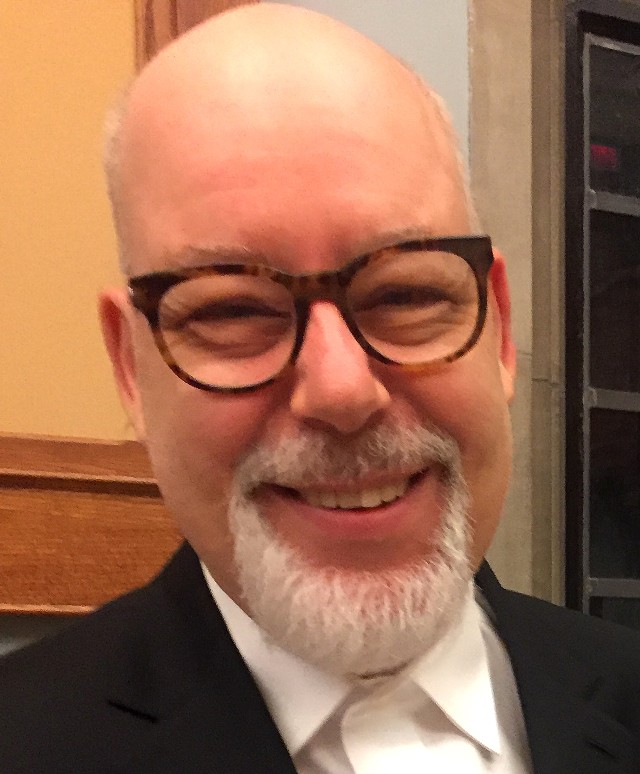


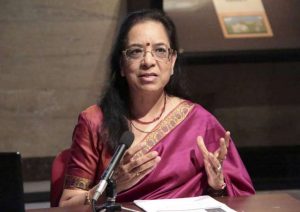

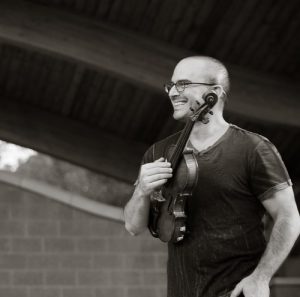
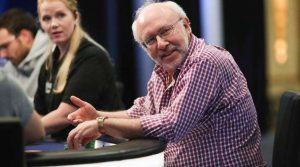



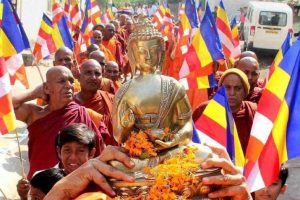
Bravo!! A wonderful article full of reality and honesty. As a Westerner, I suffer from embarrassment culturally when I regard the divine nature of His Holiness and the gaping chasm between himself and the British Monarchy . It is painful to observe.